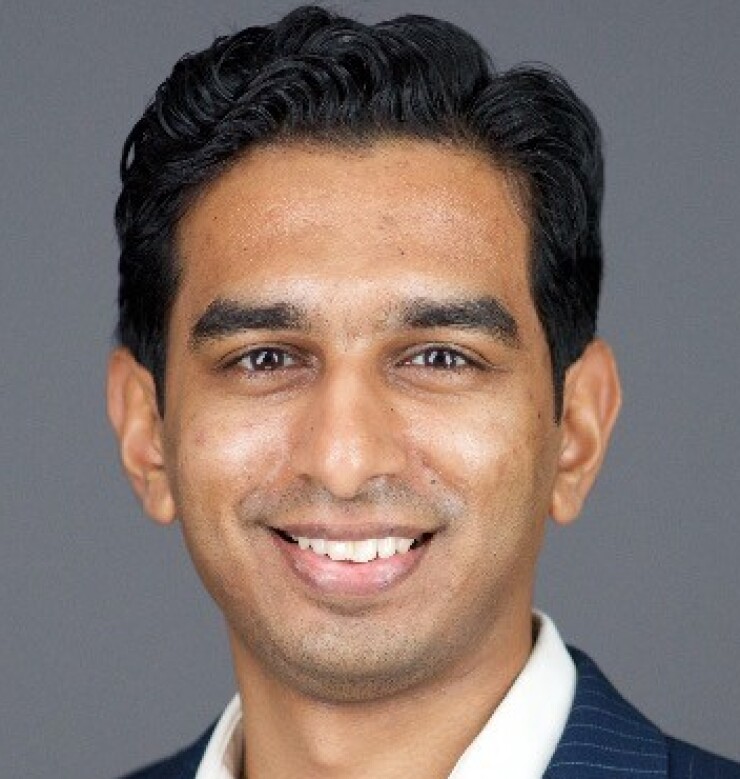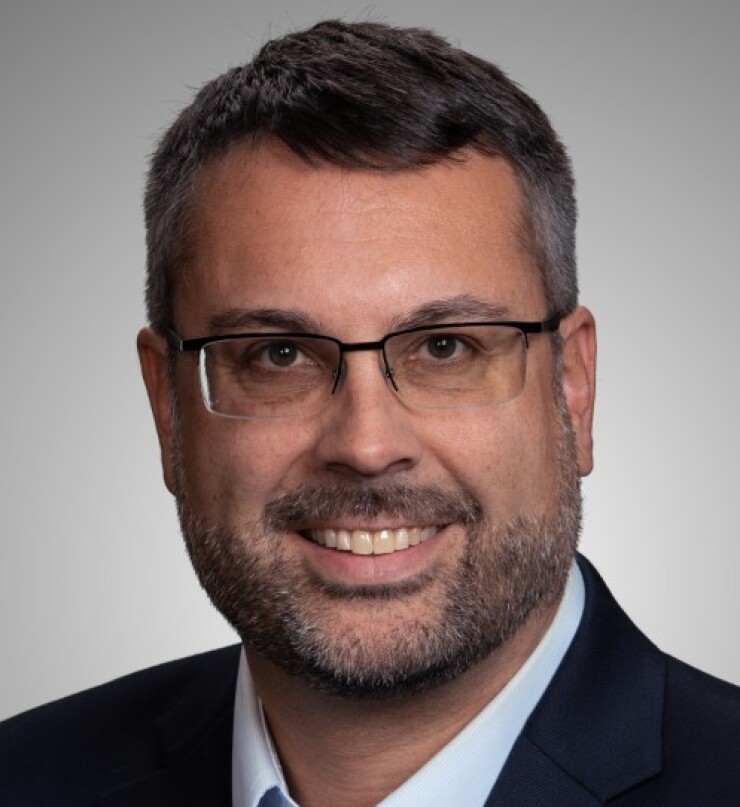Chubb, Swiss Re, QBE look to mitigate nat cat risks

Insurers are looking for ways to apply data and analytics to mitigate natural catastrophe (nat cat) risks in a changing market, according to risk executives from major global insurers and reinsurers.
While there are some data, analytics, modeling and scenario techniques that could be useful for underwriting and pricing, these executives also say insureds have to invest in greater resilience measures.
Kristen Bessette, chief actuary, data and analytics officer, QBE North America.
“There is a crisis of affordability and availability of insurance. It’s a life safety issue, with the loss of life in recent events,” said Kristen Bessette, chief actuary, data and analytics officer at QBE North America, a unit of the global insurance and reinsurance company. “It’s important that we as an industry mitigate losses but also find solutions for those who need protection. We can’t expose our companies to failing if we don’t understand the changing dynamics of weather events and our exposures. We end up taking less risk because we don’t know how to price for what we’re covering. The more we can provide analytics, the better we can provide coverage and work with partners to mitigate and solve these problems.”
 Darren Govender, vice president and North America market lead for analytics, Swiss Re Reinsurance Solutions.
Darren Govender, vice president and North America market lead for analytics, Swiss Re Reinsurance Solutions.
To continue providing insurance, carriers have to operate with sustainable business models, Bessette emphasized. While it’s impossible to, as Darren Govender, vice president and North America market lead for analytics at Swiss Re Reinsurance Solutions, puts it, “catastrophe-proof insurance,” trying to “get back into ranges of control and predictability gives some peace of mind.”
The increased intensity, frequency and severity of nat cat events cannot be stopped just by modeling risks, states Erik Olsen, senior vice president and property center of excellence leader in the risk engineering services unit of Chubb.
“We play individual roles of catalyzing how to make our insureds insurable for the long term, so we can exist as an industry and our clients can have effective insurance coverage that’s affordable for the long term,” he said. “You want a private market because we know how public insurance programs have performed or not. FEMA is the perfect example of insolvency, without government bailout.”
 Erik Olsen, senior vice president and property center of excellence leader in the risk engineering services unit of Chubb.
Erik Olsen, senior vice president and property center of excellence leader in the risk engineering services unit of Chubb.
Education is the first step to make terms and conditions for nat cat coverage more amenable and survivable for policyholders, according to Olsen. “Chubb has become increasingly vocal about sharing more data and providing climate change data and scoring at a very simplistic level,” he said. Educating insureds should begin with an insurer helping clients understand where they have the most risk and where the most value is exposed, Olsen added.
Insurers should make actionable frameworks for insuring properties, physical risks and transitional risks, Olsen stated. This should include showing clients data from risk models as part of their conversations with clients, he said. Insureds need this as a basis to invest in greater resilience against nat cat events. “If we expect to be a catalyst and expect our clients to invest cap ex to make themselves more resilient, we have to foster a community level conversation,” Olsen said.
Educating insurance customers on measures to take to better withstand nat cat events is a big piece of helping to reduce the cost of insurance, QBE’s Bessette said.
Govender of Swiss Re said insurers need a clear picture of the underwriting discipline they want and where rates should be. “Being very disciplined in getting toward that is where we’ve seen the most success,” he said.







